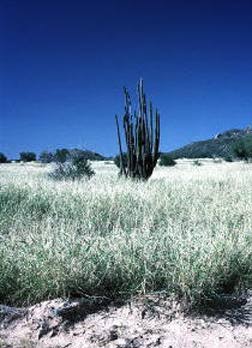KUDZU SYNDROME
When a Pennsylvanian transplants to the American South, two features stand out in high contrast to past experience.
Barns aren’t painted. Having lived in close proximity to Pennsylvania Dutch country and eastern Pennsylvania’s horse- and dairy culture, I grew up with the perception that all of the nation’s (if not the world’s) barns and fences are painted – red, or white, respectively. Apparent fact: no, they aren’t.

And the other difference in the South is the abundance of a vine which seems to be subscribing frivolously to Glidden Paint’s philosophy, to “Cover the earth.” Kudzu. This plant was imported from Japan by the railroads some 75 years ago, to plant along their miles of track to prevent erosion. At the time, the Japanese told us that this plant knows no boundaries. To say it grows wild is an understatement; in the summer climate of the South it grows a foot (30 cm) in a day. In Georgia, legend has it that one must close up all the windows at night to keep kudzu from growing into the house. In the summers, vast areas of forest and field become a rich, verdant green, looking ever so healthy, although trees and bushes are smothered to compost underneath. Winters are deceptive. Kudzu loses all its leaves and turns a lifeless brown. All appearances aside, it is not dead but only sleeps. As soon as spring warms sufficiently, the kudzu awakens and picks up its knitting where it left off. Green leaves abound on all the undead tendrils, and it resumes its relentless growth across the landscape.

Now buffel grass has joined the club of invasive plants. Ecologists in the area of the Sonoran Desert, near Tucson, Arizona are doing battle with it, Buffel grass was imported from South Africa and planted in the desert to keep down erosion. (Where have we heard that before, eh?) Now it has spread beautifully, and it is contributing to the fire danger in that vulnerable climate. Buffel grass burns long and hot, killing everything with its raging flames, right down to the roots. So, armed with shovels and metal bars and threatening to resort to chemicals, hardy teams of well-intentioned warriors are attacking the buffel grass, hoping to eradicate it in the delicate ecosystem of Sonora.
The Kudzu Syndrome has three distinct stages.
Stage One: We solve a problem by introducing an element of a different origin, culture or ecosystem.
Stage Two: The Newcomer does what it was created to do.
Stage Three: Now it’s causing more problems than solutions, so The Newcomer – which we invited here – becomes a problem to be solved.
In our own lives we fall into the clutches of the Kudzu Syndrome when we start to tailor ourselves to the pattern dictated by others. This may be imposed from without, by a strong personality, or it may be intentionally sought, by a tender soul seeking security. One way or another we find that the Kudzu Syndrome is not a good fit for long, and we need to take up the tools of soul and spirit to weed out the invasive patterns. It’s not an easy task or painless, but it’s the only way back to an internal balance. Go get ‘em!


<< Home